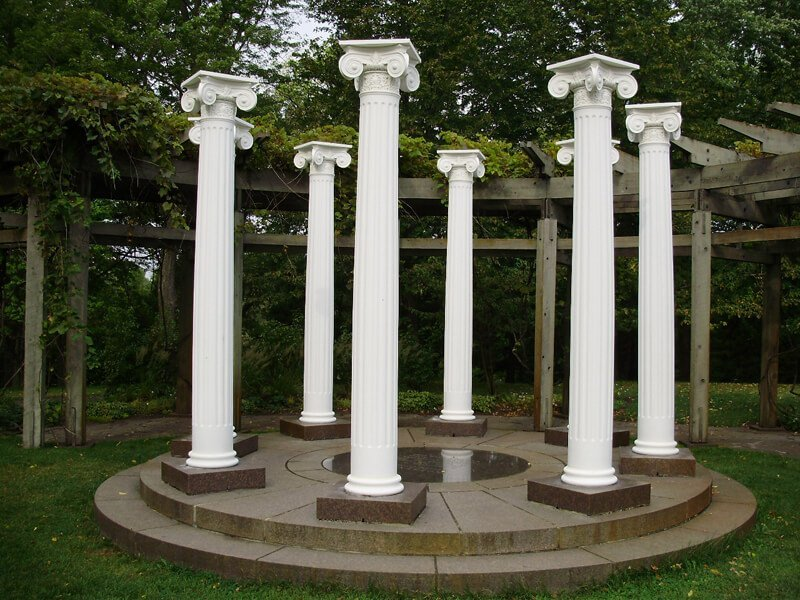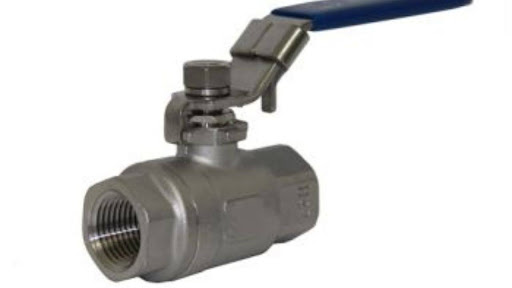Fiberglass Columns: A Durable and Attractive Choice for Architectural Design!

Fiberglass columns have become an increasingly popular choice in architectural design, thanks to their durability, versatility, and visual appeal. These columns offer a number of benefits over traditional building materials like wood and stone, making them an ideal choice for a wide range of applications. In this article, we’ll take a closer look at fiberglass columns and explore their many advantages.
What Are Fiberglass Columns?
Fiberglass columns are structural components made from a composite material that consists of a matrix of fiberglass reinforced with resin. This material is known for its strength, durability, and resistance to corrosion and weathering. Fiberglass columns come in a variety of shapes and sizes, and can be used in a range of architectural designs.
Advantages of Fiberglass Columns:
Durability:
One of the biggest advantages of fiberglass columns is their durability. Unlike wood, which can rot or warp over time, or stone, which can crack or chip, fiberglass is resistant to moisture, temperature changes, and other environmental factors that can cause damage. This means that fiberglass columns can last for decades with minimal maintenance, making them a cost-effective choice for building projects.
Versatility:
Fiberglass columns are also highly versatile. They can be molded into a wide range of shapes and sizes, from simple cylindrical designs to more complex patterns and styles. This means that fiberglass columns can be used to create a wide range of architectural designs, from classical to modern.
Attractive Appearance:
In addition to their durability and versatility, fiberglass columns are also visually appealing. They can be made to mimic the look of other materials, such as wood or stone, but with greater durability and lower maintenance requirements. Fiberglass columns can also be painted or finished to match the existing aesthetic of a building or to create a unique look.
Easy to Install:
Another advantage of fiberglass columns is that they are relatively easy to install. They are lightweight compared to other materials like stone or concrete, which makes them easier to handle and transport. Additionally, fiberglass columns can be pre-fabricated off-site and then installed on-site, reducing construction time and labor costs.
Applications of Fiberglass Columns:
Fiberglass columns can be used in a variety of applications, including:
Exterior Home Design:
Fiberglass columns are an excellent choice for exterior home design. They can be used to create attractive porch columns, decorative pillars, or other architectural features that add visual interest to a home’s façade.
Commercial Building Design:
Square fiberglass columns can also be used in commercial building design. They can be used to create impressive entryways, support structures for awnings or canopies, or other decorative elements that enhance the overall aesthetic of a building.
Landscape Design:
Fiberglass columns can even be used in landscape design. They can be used to create attractive garden structures, such as trellises or pergolas, that add a touch of elegance and style to an outdoor space.
How to Choose Fiberglass Columns?
When choosing fiberglass columns, there are several factors to consider:
Size and Shape:
Fiberglass columns come in a variety of sizes and shapes. When choosing columns for a specific application, it’s important to select columns that are appropriately sized and shaped for the task at hand.
Style:
Fiberglass columns can be made to mimic the look of other materials, such as wood or stone. When choosing columns, it’s important to consider the style of the existing architecture and choose columns that complement the overall aesthetic.
Finish:
Fiberglass columns can be painted or finished in a variety of ways. When choosing columns, it’s important to consider the finish that will best match the existing architecture and achieve the desired look.
Installation of Fiberglass Columns:
Installation of fiberglass columns is relatively easy and straightforward, and can be completed in a few simple steps:
Prepare the Area:
Before installing fiberglass columns, it’s important to prepare the area where they will be installed. This may involve removing existing columns or structures, excavating the area, and preparing the foundation.
Measure and Cut Columns:
Once the area is prepared, the fiberglass columns can be measured and cut to the appropriate length. This may involve using a saw or other cutting tool to trim the columns to size.
Attach Columns to Base:
Next, the columns are attached to the base. This may involve using bolts or other hardware to secure the columns to the foundation or to other structural components.
Secure Column Caps:
Finally, column caps can be installed on top of the columns to provide a finished look. These caps may be made from a variety of materials, including fiberglass, stone, or metal.
Maintenance of Fiberglass Columns:
One of the key benefits of fiberglass columns is their low maintenance requirements. However, there are a few steps that can be taken to ensure that fiberglass columns continue to look great over time:
Clean Regularly:
Fiberglass columns should be cleaned regularly to remove dirt, dust, and other debris that can accumulate over time. This can be done using a mild detergent and a soft cloth or sponge.
Inspect for Damage:
Regular inspections can help identify any damage or wear and tear that may occur over time. Any cracks or other damage should be repaired promptly to prevent further damage.
Seal if Necessary:
If the fiberglass columns are exposed to moisture or other environmental factors, they may need to be sealed to prevent damage. This can be done using a sealant specifically designed for fiberglass.
Conclusion:
Fiberglass columns are a durable and attractive choice for a wide range of architectural applications.. When choosing fiberglass columns, it’s important to consider factors such as size and shape, style, and finish to ensure that the columns are appropriately sized and shaped for the task at hand and complement the overall aesthetic of the architecture.






